The Science of Gluten in Bread Baking
Bread owes its irresistible texture, structure, and flavor to one key ingredient: gluten. From the crusty chew of a hoagie roll to the soft fluff of a sandwich loaf, the science of gluten in bread baking is what makes these qualities possible. Understanding how this protein transforms flour and water into the breads we love will help you become a better bread baker. Let’s dive into into gluten and it’s role.
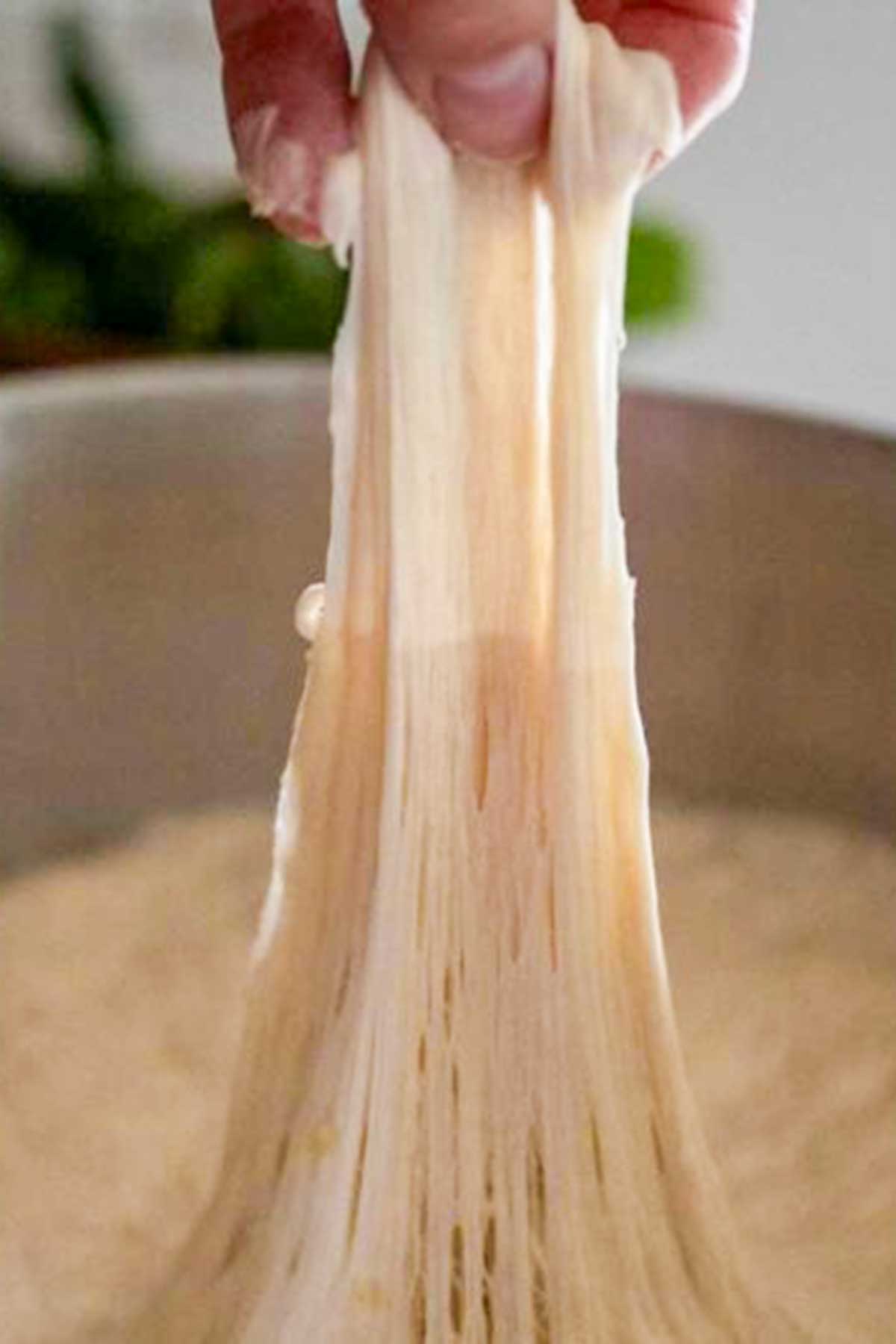
What Is Gluten?
Gluten is a group of proteins found in wheat and related grains like barley, rye, and spelt. The two primary proteins in gluten are gliadin and glutenin. These proteins are stored in the endosperm of wheat kernels and become activated during the breadmaking process when flour is mixed with water.
- Gliadin provides elasticity, allowing dough to stretch without breaking.
- Glutenin contributes strength and structure, giving dough its ability to hold shape and trap gases.
When combined with water and kneaded, these proteins form a complex network known as the gluten matrix, which is central to the science of gluten in bread baking, creating bread’s chewy texture and ability to rise.
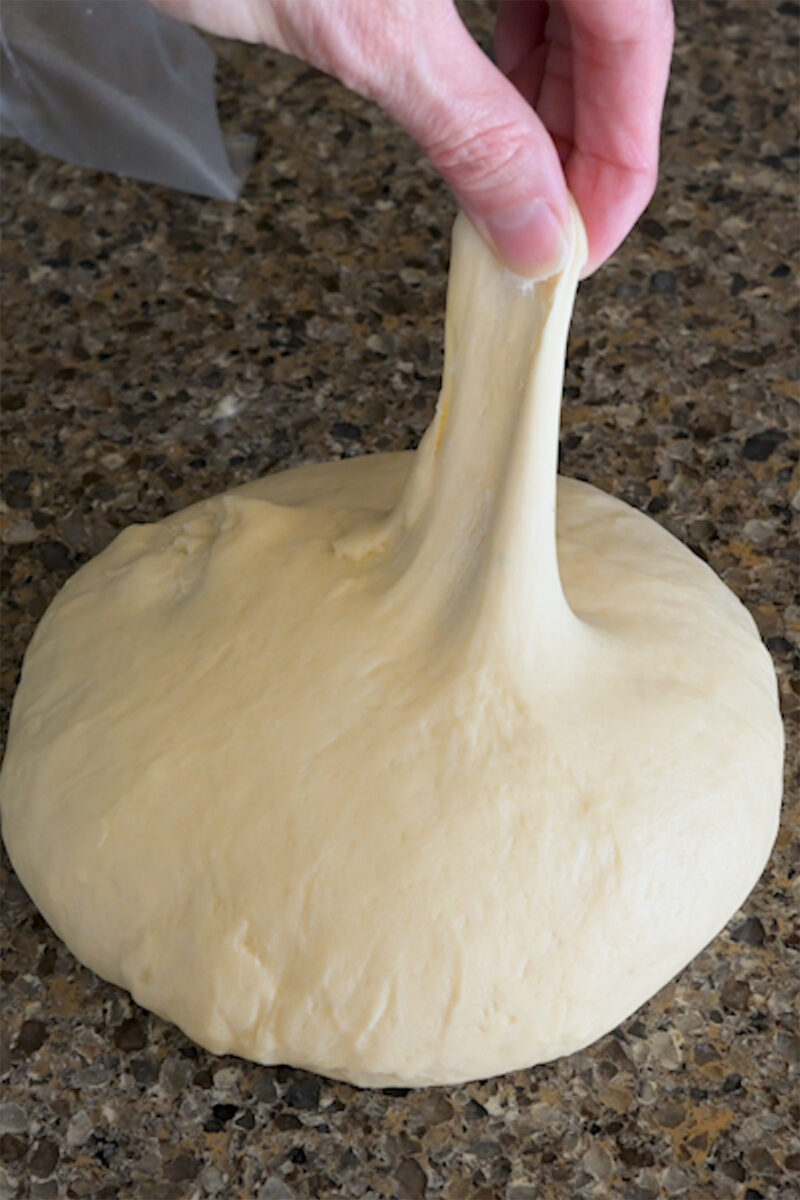
How Gluten Forms in Dough
The science of gluten in bread baking begins when flour meets water. Here’s how it happens:
- Hydration: When water is added to flour, the gliadin and glutenin proteins absorb moisture and begin to unravel from their coiled state.
- Kneading: As the dough is kneaded, the proteins align and bond, forming a stretchy, elastic network. Kneading also incorporates air, which helps the dough trap carbon dioxide produced during fermentation.
- Resting: Allowing the dough to rest (during autolyse or bulk fermentation) gives the gluten time to strengthen and relax, improving dough extensibility and structure.
- Fermentation: Yeast or sourdough starters produce carbon dioxide as they ferment sugars in the flour. The gluten matrix traps these gases, causing the dough to rise and creating the airy texture of baked bread.
The strength of the gluten network depends on several factors, including the type of flour, the amount of water, kneading time, and fermentation time.
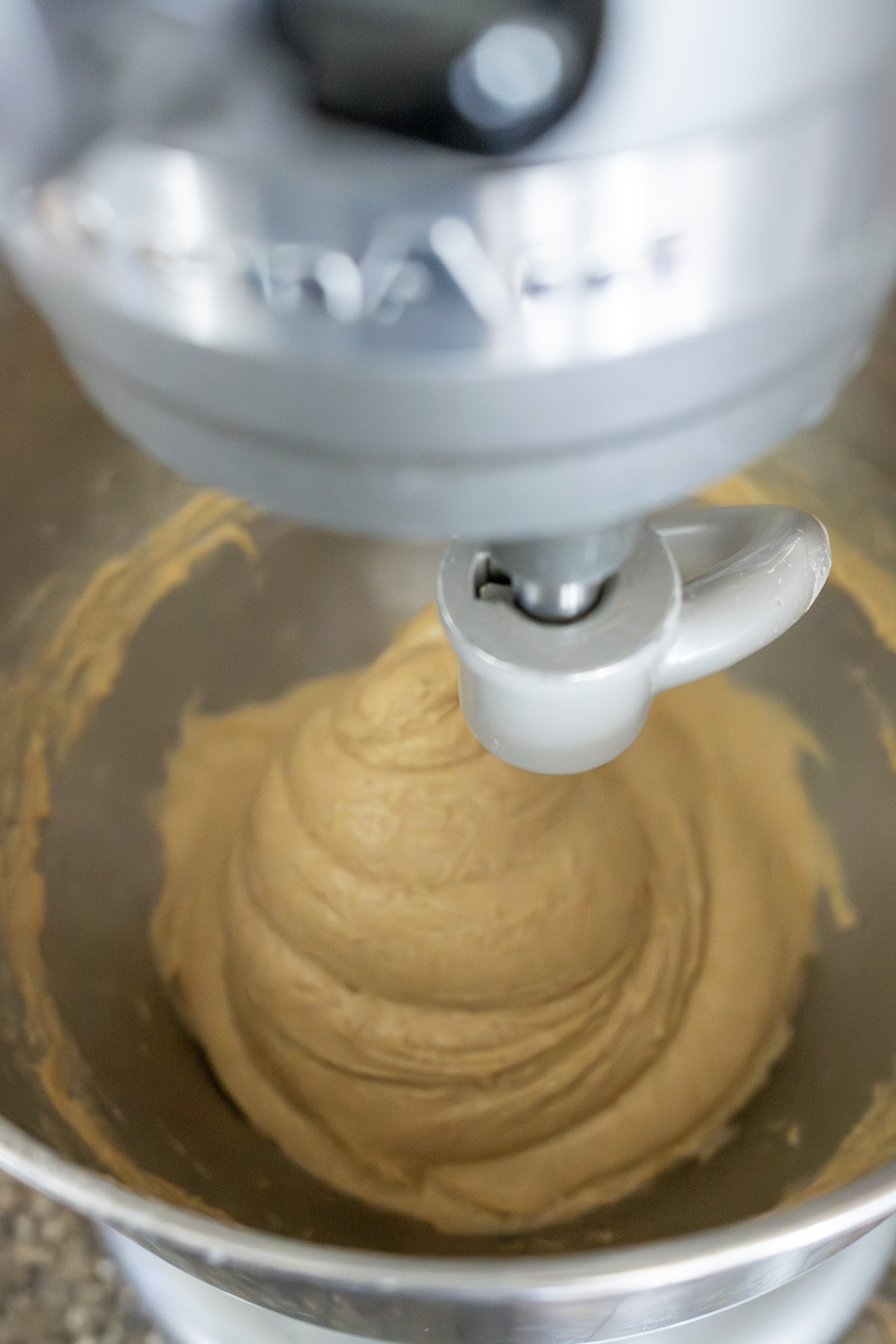
The Role of Gluten in Bread Texture
Gluten is the backbone of bread’s structure, and its development directly impacts the final product. Here’s how it influences texture:
- Chewy Texture: A strong gluten network, as seen in breads like sourdough or bagels, creates a chewy, satisfying bite. High-protein flours (like bread flour, with 12-14% protein) are ideal for these breads.
- Soft and Fluffy: In softer breads like brioche or sandwich loaves, a less developed gluten network (often achieved with lower-protein flours like all-purpose flour, with 10-11% protein) results in a tender crumb.
- Crisp Crust: During baking, the gluten matrix on the dough’s surface dries out and hardens, contributing to a crispy crust, especially in artisan breads baked with steam.
- Open Crumb Structure: In breads like ciabatta or focaccia, a well-hydrated dough with a strong gluten network allows for large, irregular holes, giving the bread its characteristic airy texture.
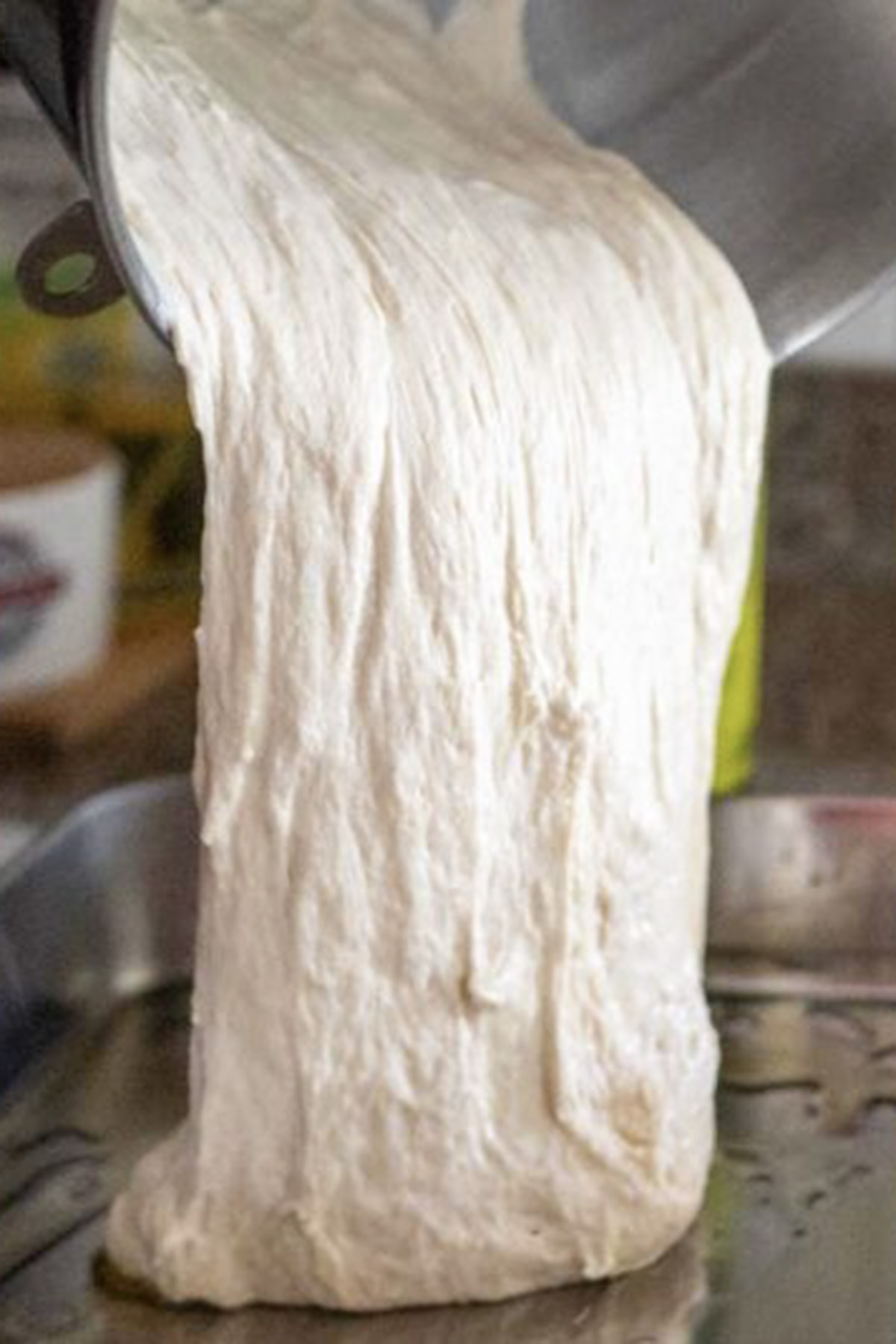
Factors That Affect Gluten Development
While gluten is naturally present in wheat flour, several factors influence how it develops in dough:
- Flour Type: Bread flour has a higher protein content than all-purpose or cake flour, leading to stronger gluten development. Whole wheat flour, while nutritious, contains bran and germ that can weaken the gluten network (photo below shows an 80/20 Einkorn to bread flour crumb structure). See my guide for the best flours in baking for more information.
- Water Content: More water (higher hydration) makes dough stickier but allows for better gluten formation and a more open crumb. Low-hydration doughs, like those for bagels, produce denser textures.
- Kneading Technique: Over-kneading can break down the gluten network, while under-kneading results in weak structure. The “windowpane test” (stretching dough thin enough to see light through it without tearing) is a common way to check gluten development. For more information, check out my guide on how to knead dough.
- Salt and Additives: Salt strengthens gluten by tightening the protein bonds, while ingredients like sugar or fat (in enriched doughs) can soften the gluten network, creating a more tender crumb.
- Fermentation Time: Longer fermentation, as in sourdough or no-knead breads, allows enzymes in the flour to break down proteins and strengthen the gluten naturally. You can read more about this in my post about why bread dough needs to rest.
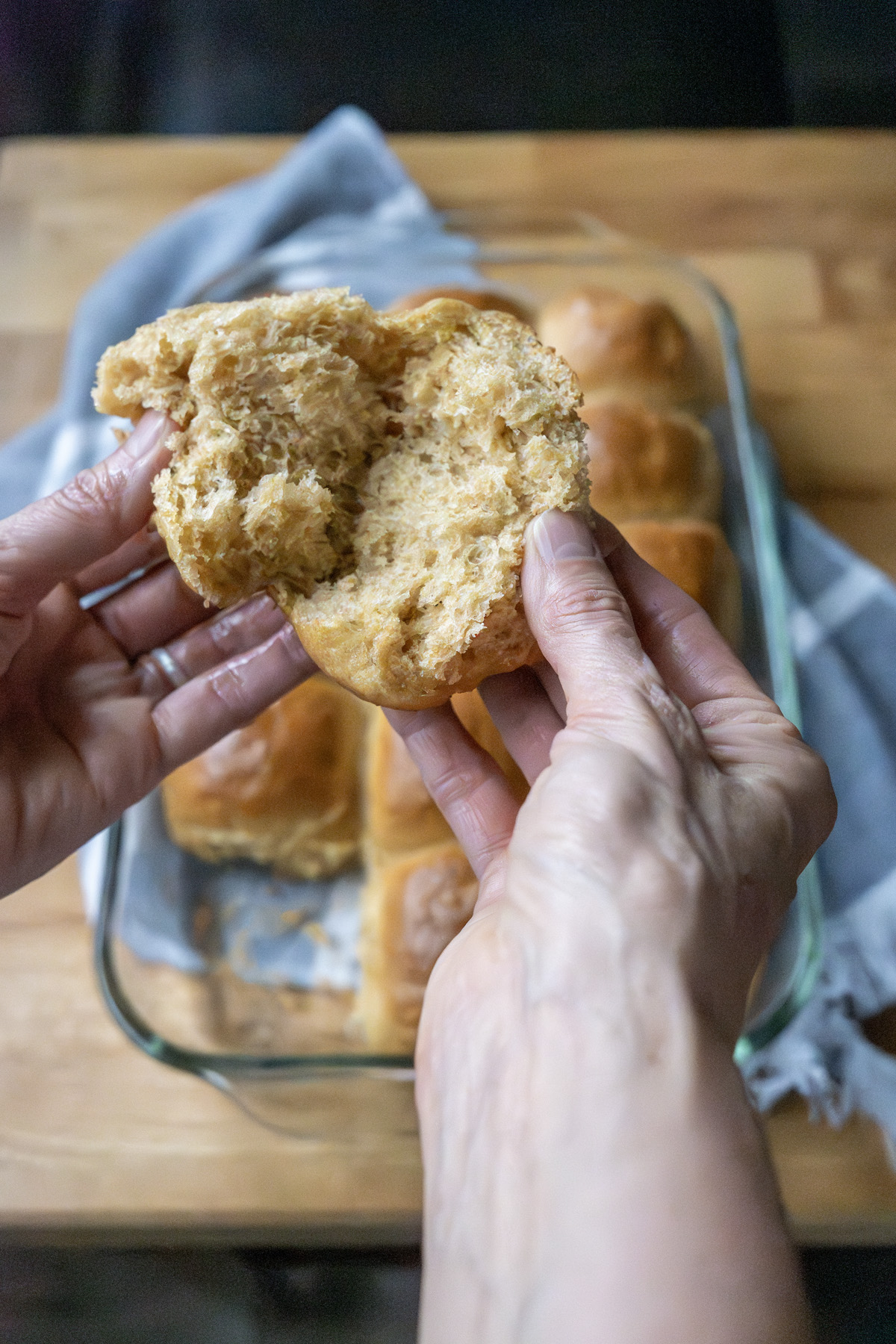
Gluten and Dietary Considerations
While gluten is essential for traditional bread, it’s problematic for some people. Those with celiac disease (an autoimmune disorder) or non-celiac gluten sensitivity must avoid gluten-containing grains. For these individuals, gluten-free breads made with rice, corn, or alternative flours like almond or chickpea are options, though they lack the elasticity and structure of wheat-based breads. Binders like xanthan gum or psyllium husk are often added to mimic gluten’s role in gluten-free baking.
The Science Meets the Art
Understanding the science of gluten in bread baking can help you to bake better loaves. By adjusting flour, hydration, kneading, and fermentation, you are able to tailor your recipes for different textures:
- Artisan Breads: High hydration and long fermentation maximize gluten strength for a chewy, open crumb.
- Soft Rolls: Enriched doughs with milk, butter, or eggs soften the gluten for a fluffy texture.
- Flatbreads: Minimal gluten development keeps dough pliable and tender.
The beauty of bread making lies in balancing science with your creativity. While gluten provides the structure, it’s your skill and intuition that bring the loaf to life.
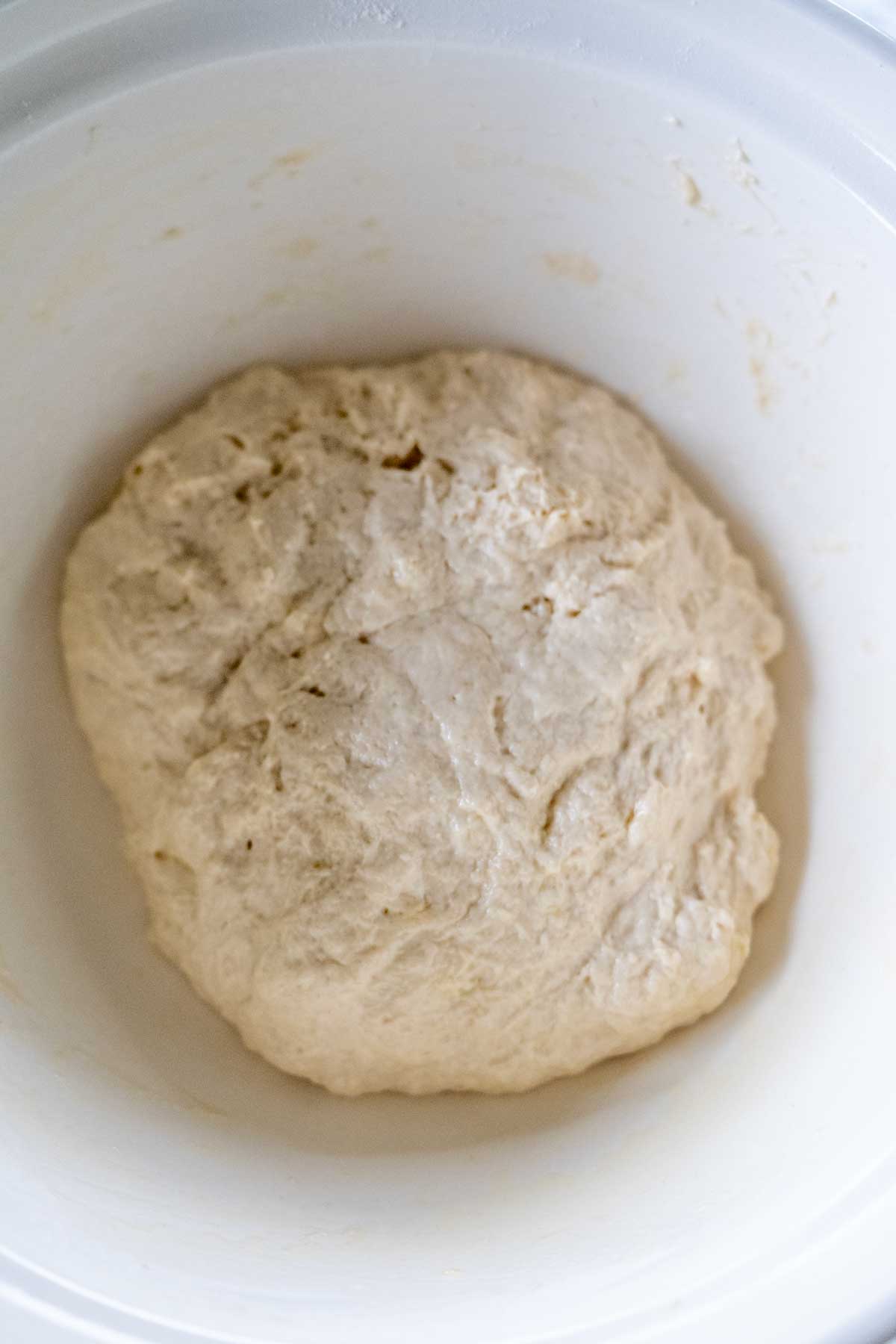

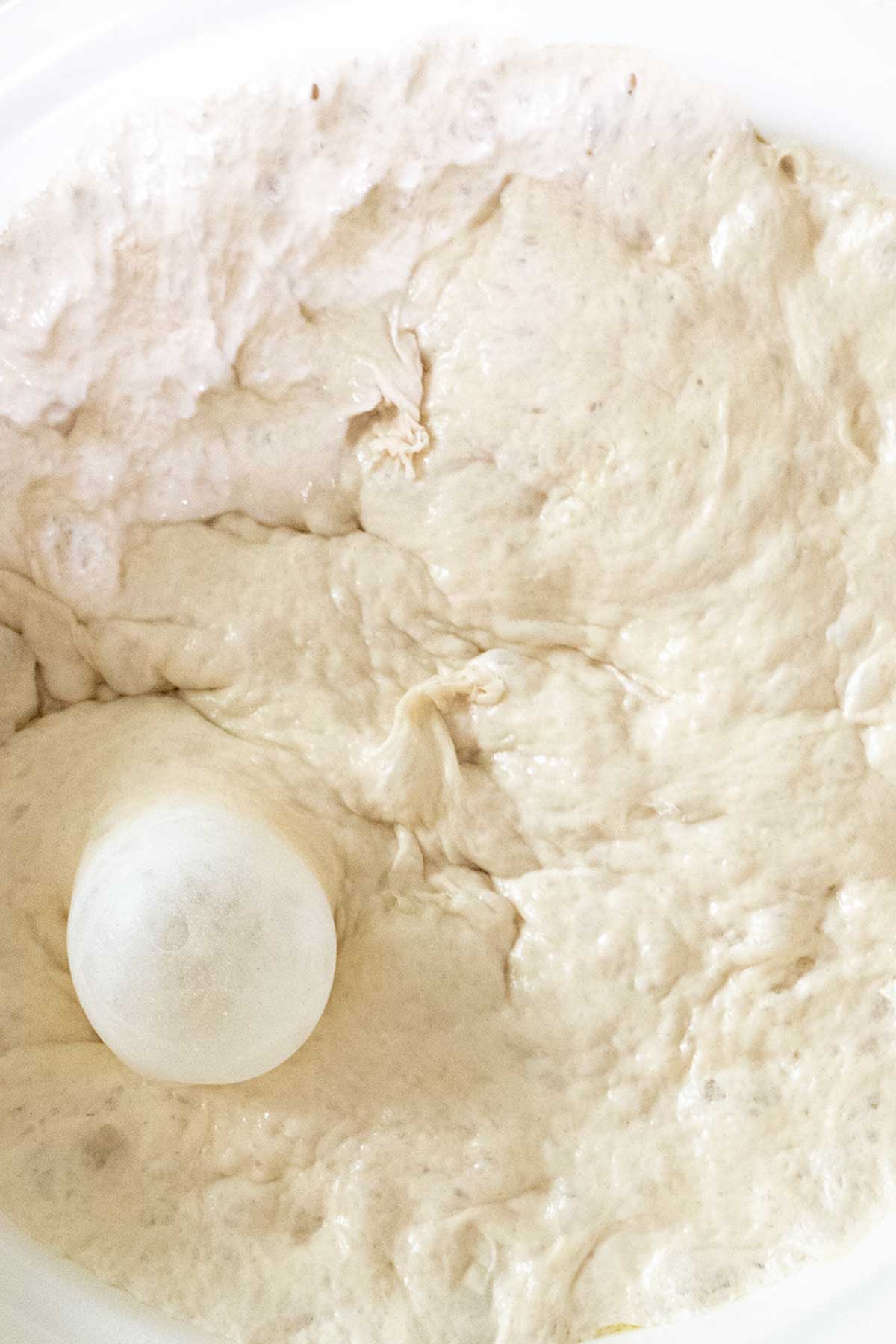
Final Thoughts on Gluten in Bread Baking
Gluten is the the foundation of bread’s structure, texture, and rise. From pizza crust to sourdough, gluten is what key to a satisfying loaf. Master gluten development and your bread baking possibilities are endless. The next time you enjoy a bake, take note of the texture. Now you have the tools to make adjustments to achieve that perfect loaf.
Happy baking!
As an Amazon Associate, I earn from qualifying purchases at no extra cost to you. Thank you for your support!
